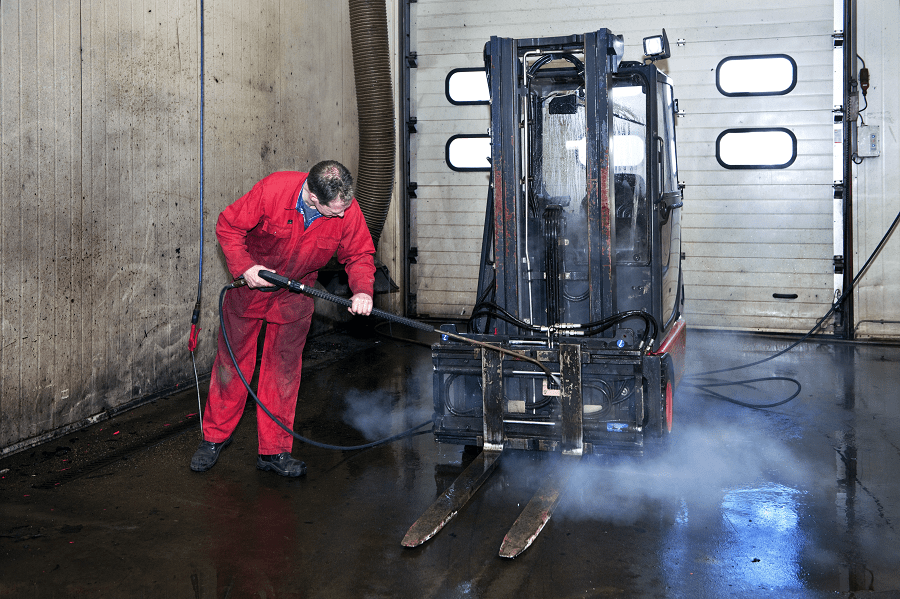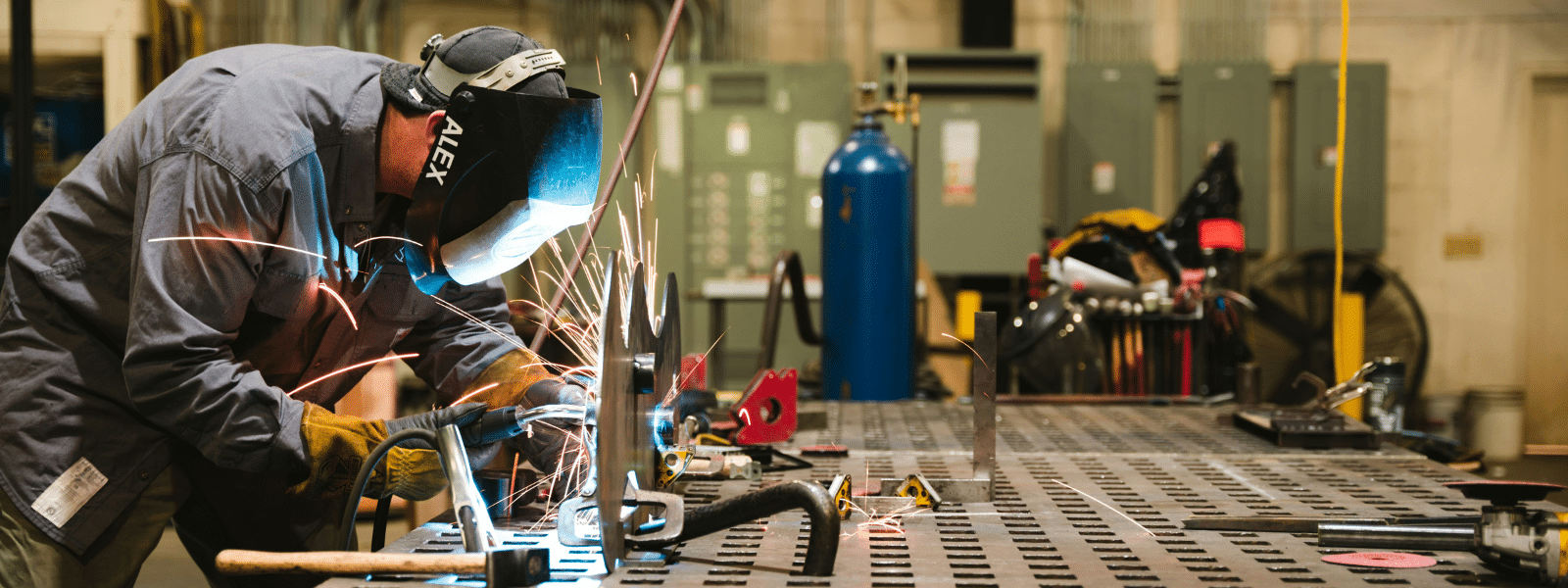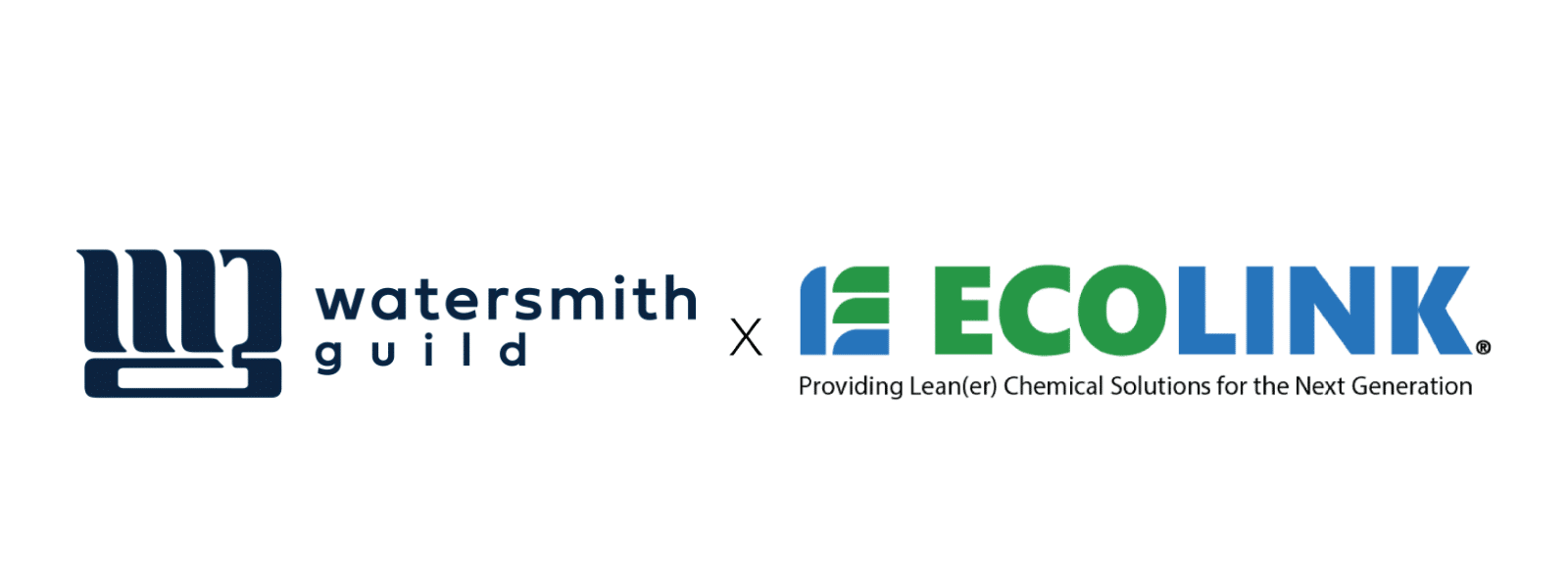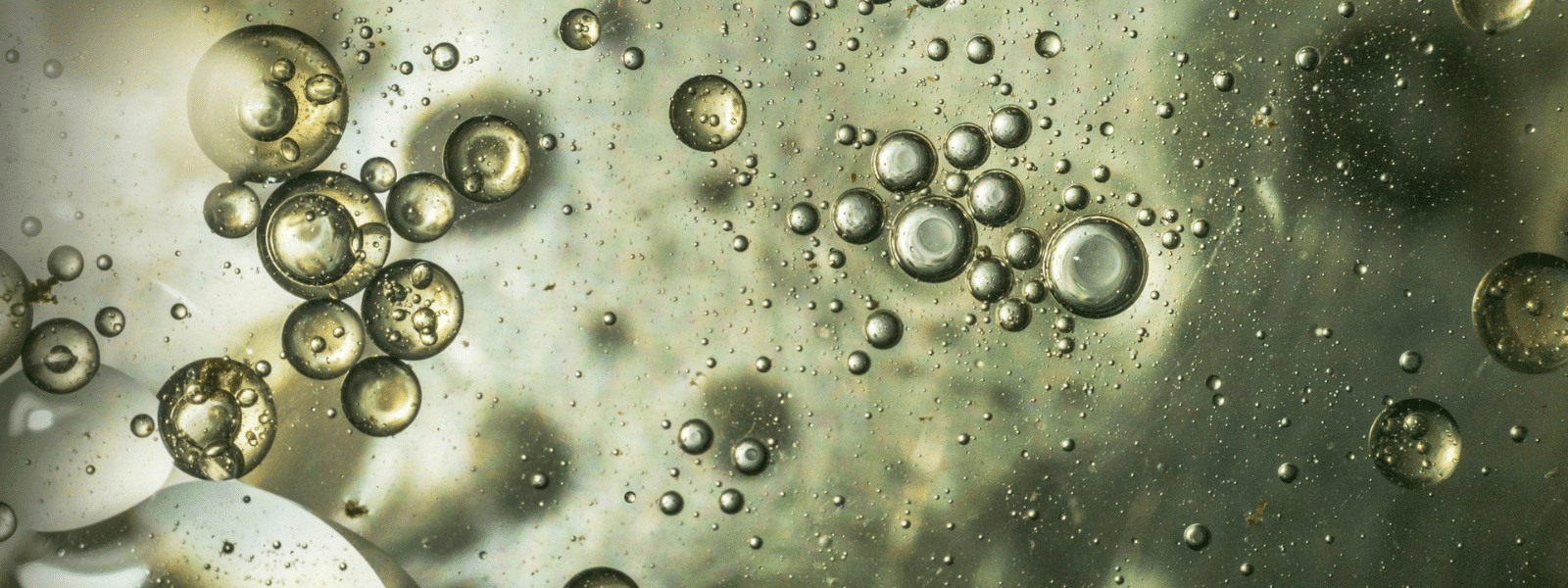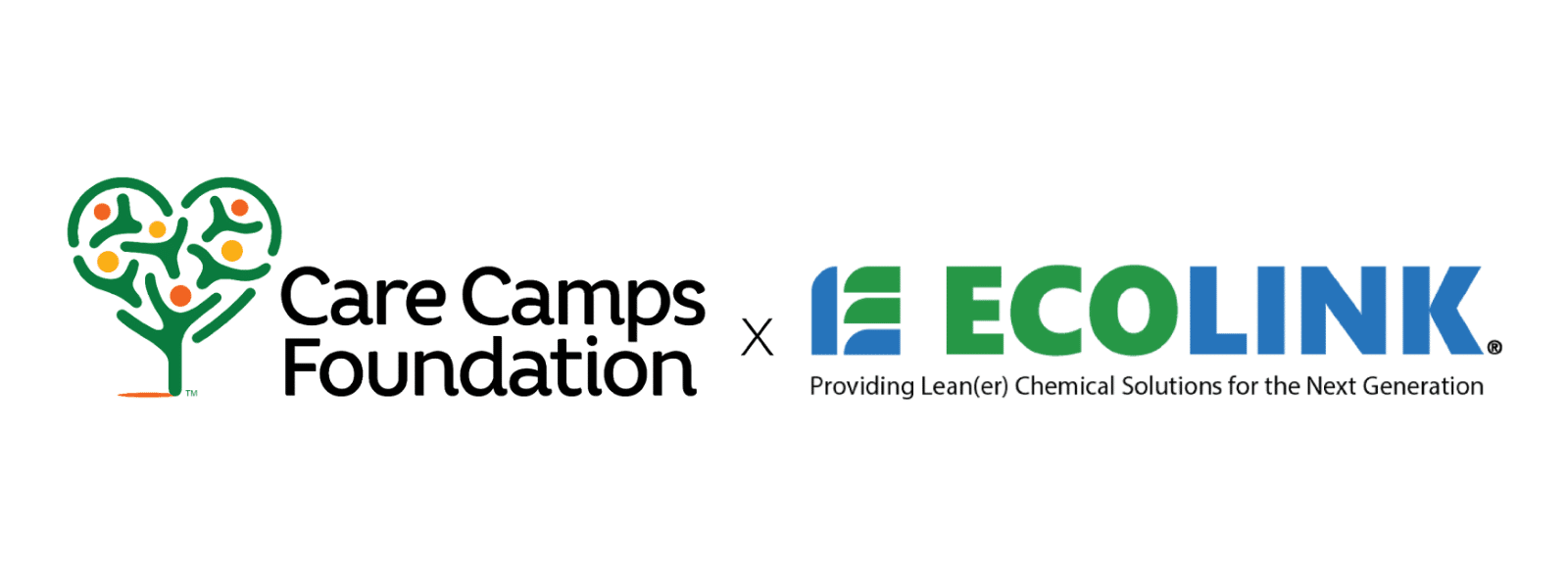An industrial parts degreaser can be defined in one of two ways: as a singular cleaning agent that delivers degreasing power for various materials, and as a degreasing solution for industrial parts washers, where parts are arranged on racks that are reminiscent of the racks found in dishwashers. With these options things in mind, we list four essential considerations for the industrial parts degreaser that you apply manually, or place in an industrial parts washer system.
- Testing Solutions
Testing an industrial parts degreaser after the you receive a full order of the solution puts you at a disadvantage. You may not be able to return opened container — and, in some cases, you may lack the opportunity to return the whole order — because the provider can’t risk reselling products that are potentially tampered with, the best way to circumnavigate this prospective problem is to use free test samples from the seller before you place an order.
- Avoiding Phase-Outs
Since the Clean Air Act of 1990, the EPA and other regulatory agencies (e.g., OSHA) have steadily move to outlaw the use of some chemicals and significantly regulate the use of others, whether they are used in open air or in a sealed, industrial parts degreaser. If you use a solvent whose use is “reportable” and seems to be on its way to being banned or severely regulated by the EPA, look for a replacement solvent before the changeover happens, and it’s too late.
- Choosing a Container
What parts do you need to clean? If you’re cleaning energized parts, a aerosol dielectric cleaner that impedes flow of electricity is optimal for worker safety, equipment safety, and the safety of the facility in general. If you don’t need a solvent for cleaning energized equipment or cleaning precision parts, your best option may be to purchase an industrial parts cleaner in the form of wipes, or acquire an aqueous industrial cleaner in a barrel and use rags for surface application.
- Consulting the EPA’s List
Otherwise known as the “list of lists”, since the Clean Air Act of 1990, the EPA has added to a list of hazardous air pollutants (HAPs) that have adverse health effects due to short-term and long-term exposure. Short-term exposure typically results in temporary health ailments, such as watery eyes, dizziness, and breathing difficulty. Chronic exposure has been shown to cause brain damage, cancer, permanent paresthesia, and difficulty walking, among others.
Need Additional Advice?
For many industrial operations that have depended on a particular solvent for years — and the solvent is about to be banned or severely regulated by the EPA, now is the time to contact Ecolink about replacing your industrial parts degreaser with one that has the same or better efficacy and is safer for workers and the environment. Call us at today at (800) 563-1305, or use the contact form to place an order. We look forward to providing you with the best industrial parts degreaser for all applications, including part washers and otherwise.





